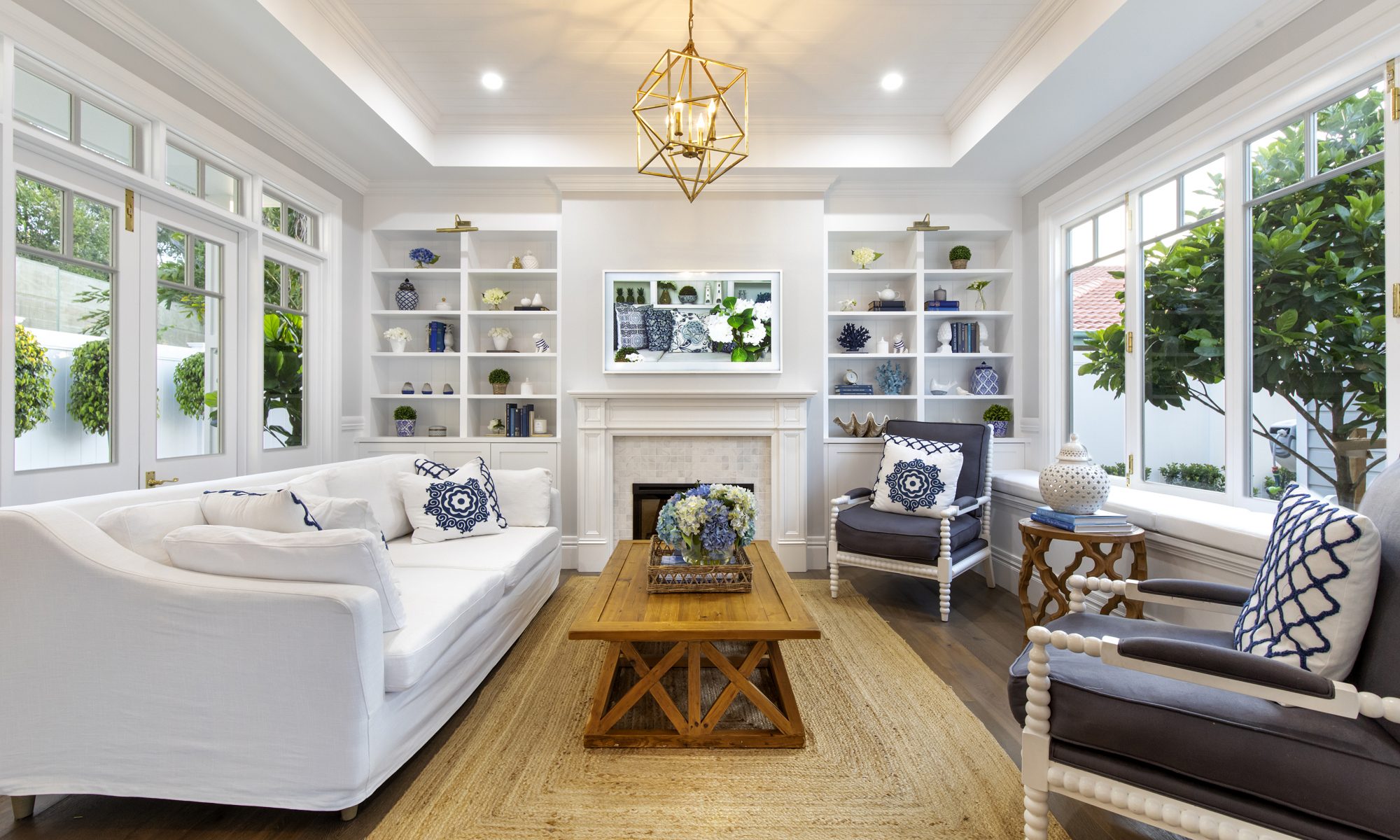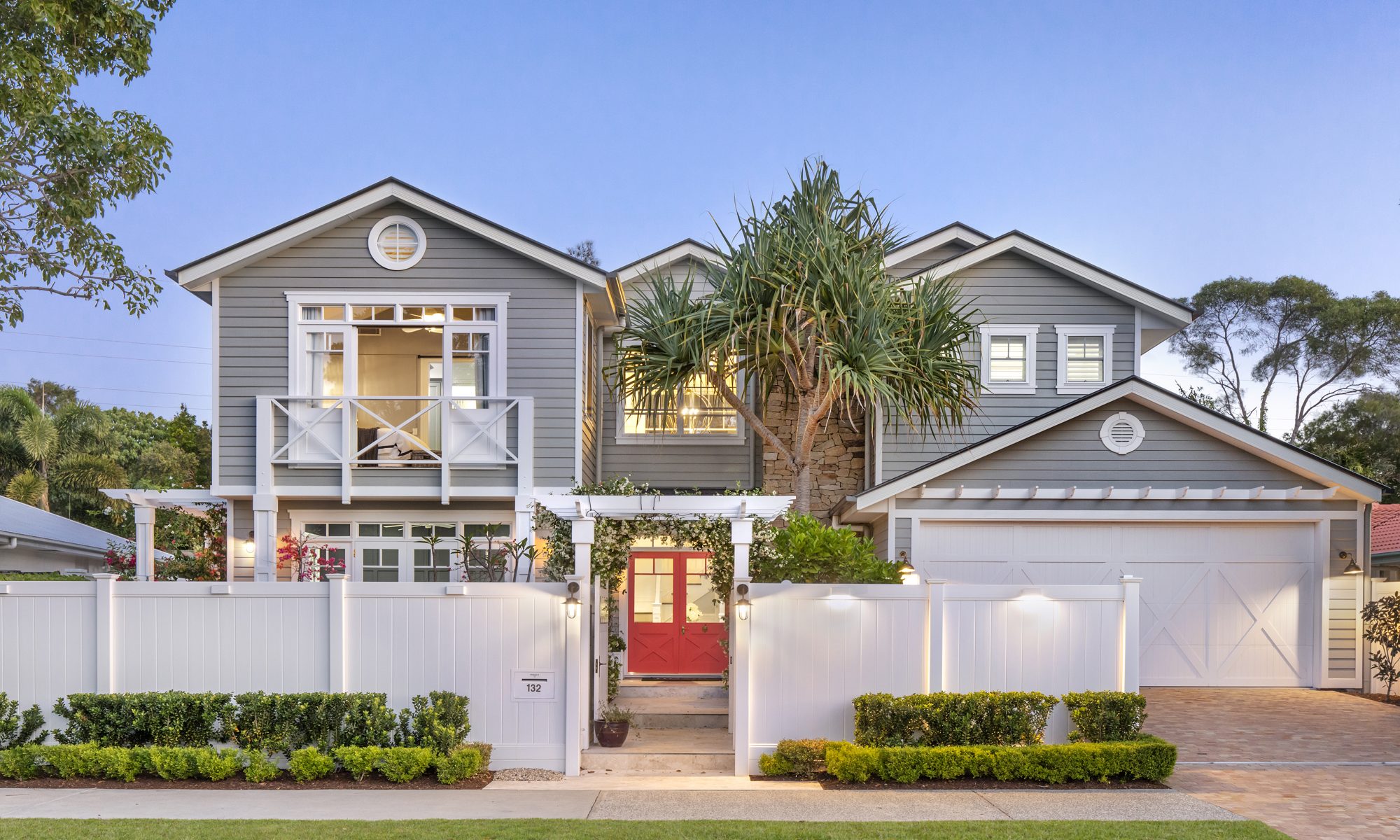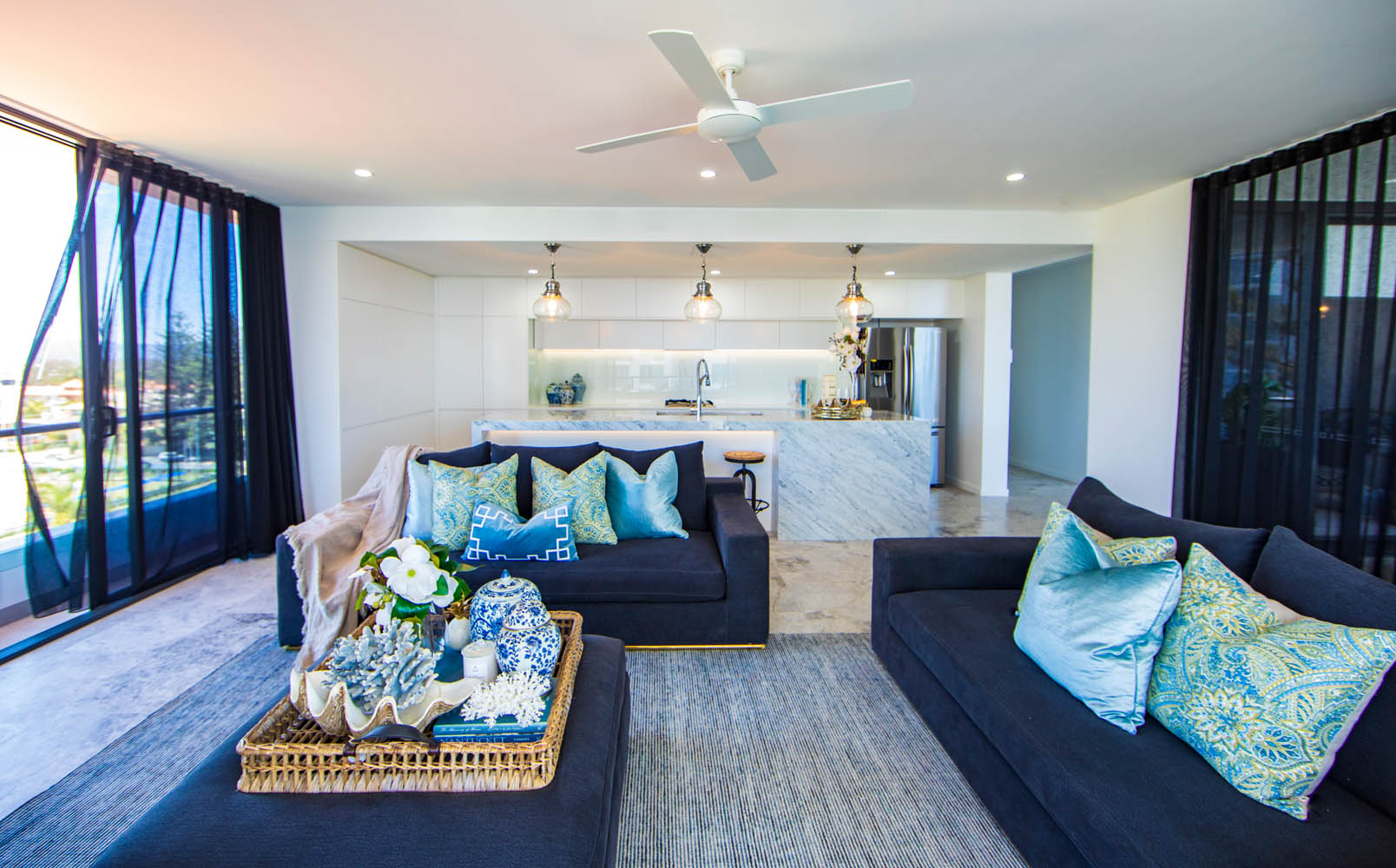To prepare your home for sale, start with a “prepare your home for sale checklist”. It’s essential to increase curb appeal by staging your home for sale and using real estate photography.
Implement inexpensive ways to prepare your home for sale like home decluttering tips and deep cleaning. Consider a pre-listing inspection and improve home value by disclosing any issues. Lastly, engage a real estate agent for negotiating offers and open house tips.
Prepare Your Home for Sale
Steps to prepare
1. Declutter and clean, clean, clean
A pristine, sparkling clean home says, “I care about this home. I’ve looked after it.” So, the person who purchases this home is going to benefit from the love, care, and attention you’ve given the home during your ownership.
2. Think about who you are appealing to
Think about who you think will want to buy the home and make the surroundings appeal to that potential buyer. Market the home to suit the purchaser.

- Is it a single-person’s apartment?
- Is it designed for couples?
- Is it a first homebuyer’s home?
- Or is it a family home?
Think about your buyer and the atmosphere you’re trying to create.
3. The front of the home must create a strong first impression
Most buyers, particularly women, make up their minds between getting out of the car and about 30 seconds after walking through the front door. What buyers see in the photographs on the web has to match what they see when they get out of the car. You have to make an impact.
Photos should focus on the strengths and minimize any potential weaknesses.
Make sure the front yard is clean. Lawns should be manicured and lush. Hedges and edges must be trimmed, neat, and tidy. Clear out the cobwebs, and get rid of peeling paint and grime. Sugar soap or wash the gutters, eaves, fascia, weatherboards, and Colourbond roofs.
The front of the house must be pristine. With tiled roofs ascertain whether it is worth the investment of getting it refinished and resprayed. Generally, in most cases, it’s not going to be too obvious in photos, but it may become an issue through a sales negotiation.
Declutter the verandah. Make sure nothing is on there that doesn’t belong there. Paint the doorjambs in a high gloss.
Make sure the front yard is clean. Lawns should be manicured and lush. Hedges and edges must be trimmed, neat, and tidy. Clear out the cobwebs, and get rid of peeling paint and grime. Sugar soap or wash the gutters, eaves, fascia, weatherboards, and Colourbond roofs. The front of the house must be pristine.
4. Present the home to suit the purchaser
Once inside the home, minimize the amount of furniture in the rooms and utilize the furniture that’s going to make an impact. You want to create a scenario that will stimulate the kind of emotions that you’re targeting in your buyer.
For example, if you are marketing a home to a family, keep the chalkboard and some posters in a child’s bedroom because you want to create that family ambiance.

5. Kitchen
Declutter! A fridge should not be noticeable – it should be white, silver, or neutral. Remove all personal items – the pen-stands, the sunglasses, the phone chargers. Add a few touches, depending on who you are appealing to. Add a fruit bowl fresh flowers or a plant.
Think about your buyer and the atmosphere you’re trying to create. Clean, clean, clean that stainless steel, give it a good scrub-down. All the surfaces should be gleaming.
Remove the personal touches, whether it’s kids’ report cards or the magnetic stickers from the fridge. Remove the tea towels, remove the pet bowls, and remove the rubbish bin and the dirty dishes from the shots!
6. Lounge room
If you have any kind of view from your lounge room over the backyard, the beaches, or the hills – maximize it. Clean the windows and be careful about window treatments. Remove lace curtains as they date the home and minimize what the photographer can do to show the views. Photographers will lift those blinds, and pull back the verticals, so the backyard, the views, the deck, and the outside entertaining areas can be seen.
7. Bathroom
The bathroom is one of the greatest challenges, because the bathroom is always a work in progress, particularly for family homes. This is one room that should be cleaned by professionals. Bathrooms need to feel germ-free; they need to be almost clinical. You want to be able to see through the shower glass so that it doesn’t impact the atmosphere you’re creating for the rest of the bathroom – it has to be translucent. Polish the mirror. Make sure that any cobwebs or dust, for instance on the exhaust fan, has been removed. Any chrome items must be given a good polish.
Bathrooms are also challenging because there are so many bright, shiny reflective surfaces. The quality of the photographer is revealed with shots of the bathroom. Any failure to catch every scrap of grime dirt or streak will show up in a photo. Decluttering is most important in the bathroom. In such a small space, any clutter is going to be far more obvious. Take out the toothbrushes and any other personal items that may detract.
8. Bedrooms
Declutter and clean and turn on the bedside lights as they create a beautiful glow. Contrasting bed linen and the wall treatments work well but be careful. Assess the view out of the bedroom windows – if it’s not a particularly attractive view, take the focus away from the window with a nice big painting, photo, or something else that will draw the attention away.

If you want to focus your attention on a hill view a beach view, or just a nice outlook, take away any objects that will distract the eye from the window. Polish the mirrors. Make sure that any cobwebs or dust, for instance on the exhaust fan, has been removed. Any chrome items must be given a good polish.
9. Entertainment areas
With these areas, try and create a certain ambiance that will appeal to your buyer. Think about the atmosphere you’re trying to create. Whether it’s the deck, the verandah, or a balcony, how does it integrate with the rest of the atmosphere you’re trying to sell? For example, if it’s a waterfront home, you want to be able to show a balcony set up with a barbecue and chairs so that people can imagine themselves using it with friends on a summer evening.
10. The pool
Make sure you give some attention to the pool – it’s got to be sparkling before it is photographed and when the house goes on the market. Make sure all pool accessories – the empty chlorine bottles, the chemical containers, the pool cleaners, the brooms, the kids’ boogie boards, and the floatation rings are all packed away. Make sure it remains like that for the rest of the marketing campaign.
11. Keep the lights on
Lights are essential – even in the daytime, you’re always going to be shooting with lights on. Most professional photographers are going to create an ambiance somewhere between using their flash equipment and utilizing the available sunlight as well as the lights.
12. Replace all the faulty globes
Make sure they’re fresh, and if the property is vacant make sure the electricity is still connected.


















